
We kindly inform you that, as long as the subject affiliation of our 300.000+ articles is in progress, you might get unsufficient or no results on your third level or second level search. In this case, please broaden your search criteria.

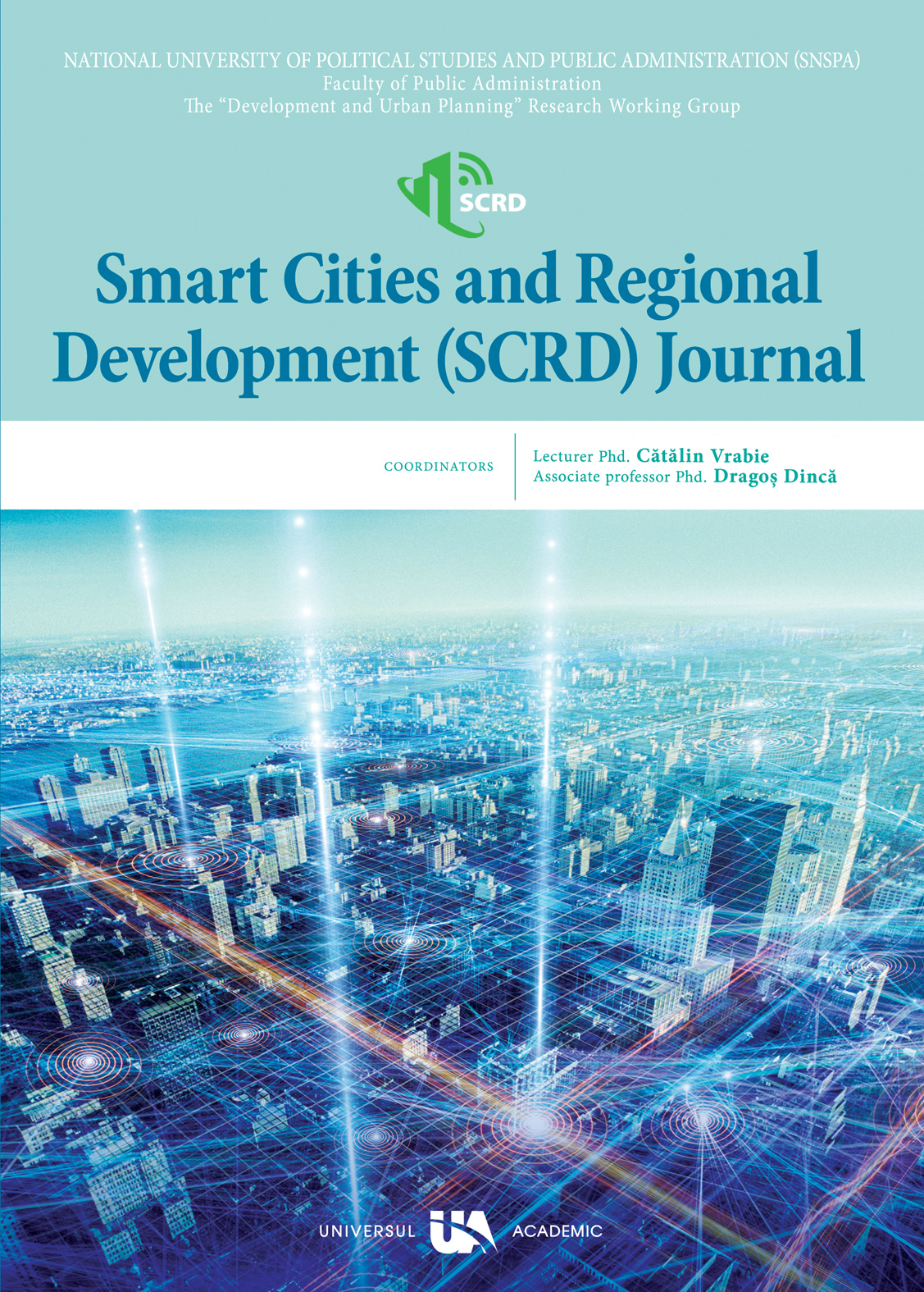
Poverty affects women more forcefully causing increased proportion as well as types of deprivations, a phenomenon called feminisation of poverty. Migration of rural poor to cities causes problems of its own, more so for the women. They come to cities in a bid to escape from rural unemployment and deprivation but lead insecure lives in the cities, exemplified by the urban domestic helps. The co-existence of feminisation and urbanisation of poverty affects the women and their families, particularly children, especially the girl child, who begins to experience deprivations in all its forms from a tender age. These reduced circumstances thus perpetuate across generations of poor urban women and entrap them deep in poverty.The objectives of this study are two-fold. Scientific literature is scanned for indicators used to study feminization of poverty and the validity of these indicators in the given context is examined. Secondly, the study aims to explore the most relevant indicators through direct interaction with the target population. Existing literature on feminized poverty is replete with studies that have used household as the unit of observation. While there are strong justifications for the choice, this approach is unable to address the intra-household inequalities. This study therefore employs the individual woman domestic worker as the unit of observation. The survey method, using questionnaire is employed for collecting the primary data.
More...
An attempt to throw light on the early history of Adzhar village,today’s Svezhen, based mainly on four unpublished Ottoman tax registers, is made in the article. The author claims that the earliest documents discovered so far about the existence of Adzhar as a settlement date from the first decades of the XVII century. The village was first mentioned on the pages of an abridged avarız-register from the years 1621 – 1622. Data about the presence of large summer pastures and sheepfolds in the region of Sarnena Sredna Gora Mountain as early as the 16th century show that the foundation of the village can be related to the good conditions for livestock breeding of a peaceful place in the depths of the mountain. It is very likely that part of the inhabitants of Adzhar had been dzheleps, who bred sheep and other cattle for the food needs of the big cities, the army and the Sultan’s Palace. Asa result, raw materials including sheep wool and sheepskins led to the development of a number of crafts.The Orthodox Bulgarian population of Adzhar grew rapidly. Due to the demographic and economic development, a significant literary centre was created there for transcribing and illustrating liturgical books. A church with two priests was built in the village. There is information that in the second half of the 17th century sheep-breeding, crafts such as goat hair processing (mutafcılık) and tailoring, as well as trade and transportation of goods (in exchange of payment – kiracılık)developed in Adzhar.
More...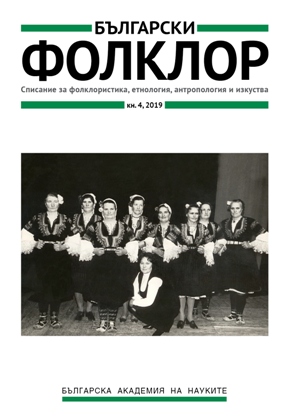
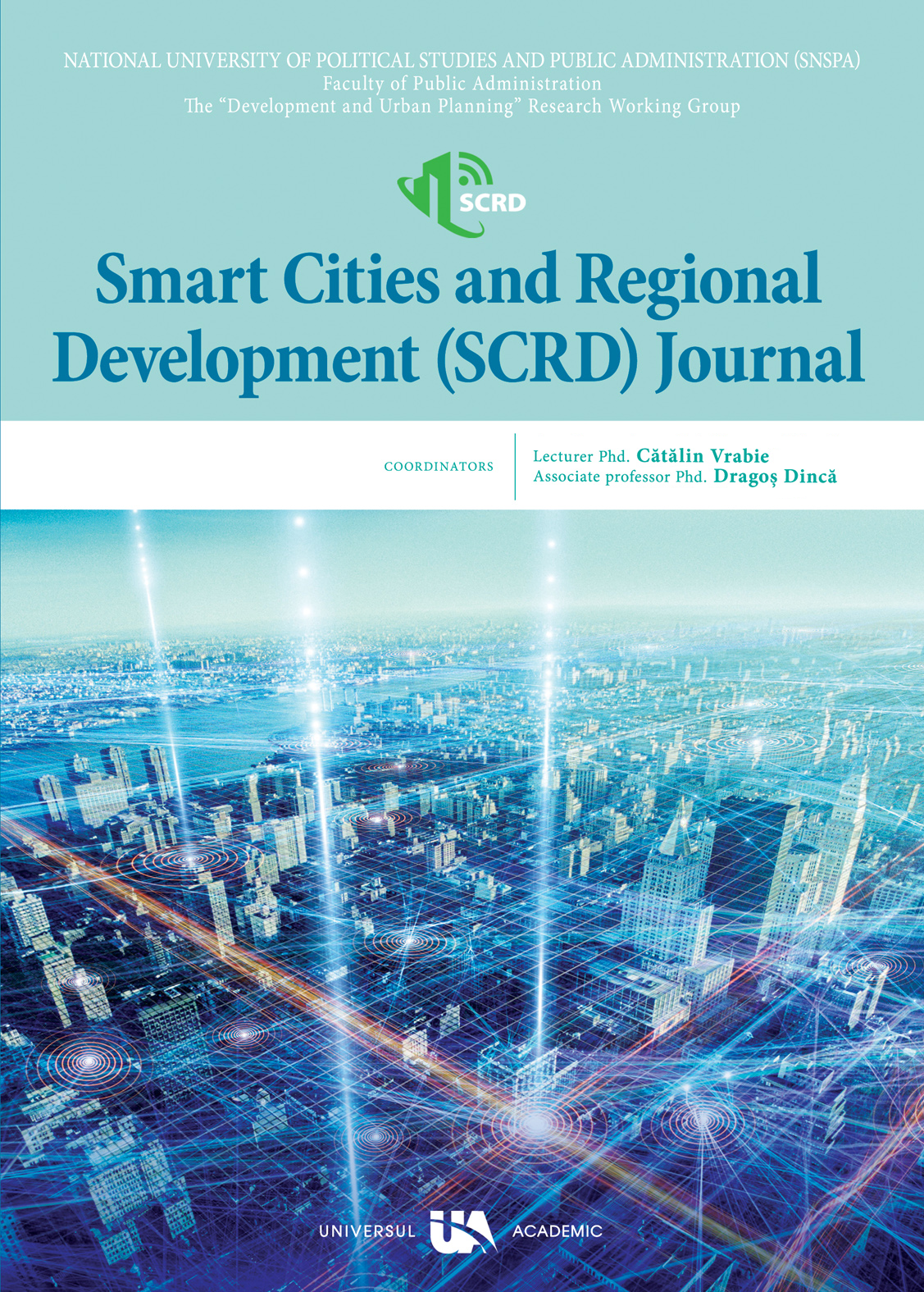
The objective of the present article is to discuss and explore relevant indicators for assessing the possibilities for the realisation of the concept of “smart cities”. Therefore, as a characteristic of primary importance regarding the potential and the expected benefits from the realisation of the “smart cities” concept, we have highlighted the level of urbanization. Supplied and analysed is data about the urban population within the European Union, by country, as well as data about the regions around Bulgaria. As a second most significant indicator is singled out the access to financial resources, which are measured by GDP per capita of the population, as well as employment rates. Thirdly we have singled out a group of indicators which assess the level of technological advancement of a population.
More...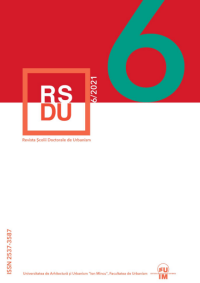
During the pre-historical period, The Sumerian civilization had developed between the Tigris and the Euphrates, now southern Iraq. The Sumerians were favoured by a natural environment conducive to living, good for agriculture, fishing and animal husbandry. They managed to build cities both on land and in the wet ecosystem, set up an army, have fortified cities. More importantly, they invented writing among other things.Today the inhabitants of those marshes, who are locally called "maadan" (or swamp inhabitants), have kept the sustainable lifestyle inherited from the Sumerians. They build homes adaptable to the tradition of the environment using the art of weaving rushes and reeds living in groups of rural conglomerates or natural islands. Thousands of years later, the wetlands have decreased owing to a variety of reasons, among which could be the climatic changes in addition to the passive actions people did to the environment. This has led some inhabitants to migrate to the neighboring cities. In the present time, this area has received some international concern when, on July 17, 2016, the UNESCO declared it as a protected area recognized over the world.
More...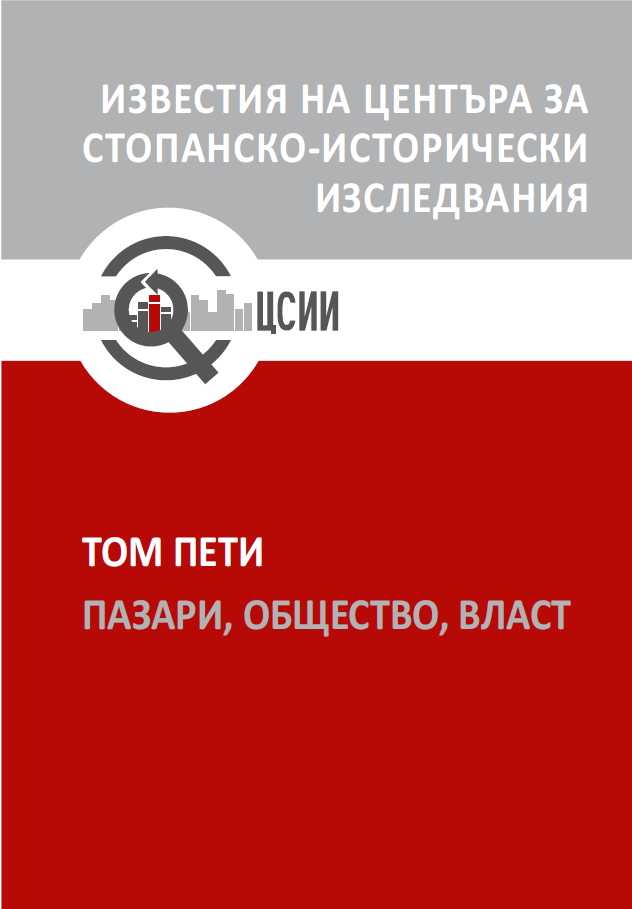
The article presents arguments in support of the claim that there was a process of integration on the Bulgarian national market even before the Liberation of1878 and that this process was more and more noticeable in the 1840s, 1850s, 1860s, and 1870s. The research methodology is based on data from the business history of the Bulgarian Revival, including my own explorations on the emergence of commercial companies as a manifestation of commercial modernity in the Bulgarian economic area during the era as well as on the trade networks established by them. The two largest companies, “Evlogiy and Hristo Georgievi” and “Hristo P. Tapchileshtov”, stand out as de facto legitimizers of the Bulgarian national market in the 1850s, 1860s, and 1870s. They represent two important Bulgarian national economic institutions, a state before the state in the economic sphere. Other larger or not so large commercial companies and the trade networks established by them also contributed to the process of integration of the Bulgarian national market: “ Robevi Brothers”, “Geshovi Brothers”, “Komsievi Brothers”, “Karaminkovi Brothers”, “Papazoglu Brothers”, “N. Minchoolu & E. Selveli and friends ”,“Stancho Arnaudov and son”,“Georgi Hadjidraganov”, “The Commercial Company in Kotel” and others. The article provides summary information about these companies, about their trade networks in the Bulgarian lands and abroad, about the movements of their capital, etc. The article compares the similar national processes in the economic and political development of Austria-Hungary and the Ottoman Empire in the nineteenth century. According to a study published in 2012 (Schulze & Wolf, 2012), in late nineteenth-century Austria-Hungary there was an asymmetric intra-imperial integration, which led to the emergence of national markets within the various ethnolinguistic communities of the country. The same process took place in the Ottoman Empire earlier, already in the first half and the middle of the same century, under specific conditions facilitating the integration of separate national markets, including the formation of the Bulgarian market. In the third quarter of the nineteenth century, the Bulgarian Revival elite – economic, cultural, and political – gradually developed the idea of a Bulgarian national market and initiated some original projects with in this market. Another approach in studying the topic is also possible – tracking and comparing the movement of prices of major types of goods in smaller or larger areas of the Balkans and the Ottoman Empire, including the Bulgarian ethnic territory during this period. There is no doubt that serious future efforts on the part of a wider circle of researchers are needed, but this cannot happen if the discussion is not opened, if the topic of the emergence of the Bulgarian national market has not been drawn to attention. This article aims to provoke the interest of researchers on the topic.
More...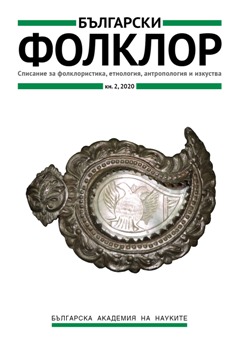
Known to man since time immemorial, nacre is one of the most popular and most highly valued material that are still in use nowadays in the creating of different pieces of jewelry and decorations. Subject of the study are some of the most attractive and beautiful belt buckles (pafti) which are property of the Regional Museum of History in the town of Kardzhali. Additionally, nacre is described as a raw material in regards with its composition and structure, its natural sources and the ways in which it is used. The article is an attempt to view the subject from an interdisciplinary perspective and give a complex picture, using the resources of different disciplines. Its goal is to interpret the messages encrypted in the images on the belt buckles, and also to answer a series of questions about the type, nature, biogeographic origins and the way of processing the raw nacre.
More...
The aim of the article is to research an influence decrease of economic growth to democracy index in the European Union. The author applies the Economist Intelligence Unit methodology which examines the Democracy Index from 2006 to 2017. It is based on five categories: electoral process and pluralism; civil liberties; government functioning; political participation; and political culture. Based on the results of a number of indicators, each country is then itself classified as one of four types of regime: full democracy; flawed democracy; hybrid regime; and authoritarian regime. In the article, the author tries to identify the EU countries’ strengths and weaknesses which determinate the EU’s economic growth. In conclusion, it was shown the most characteristic and the most important properties of democratic values.
More...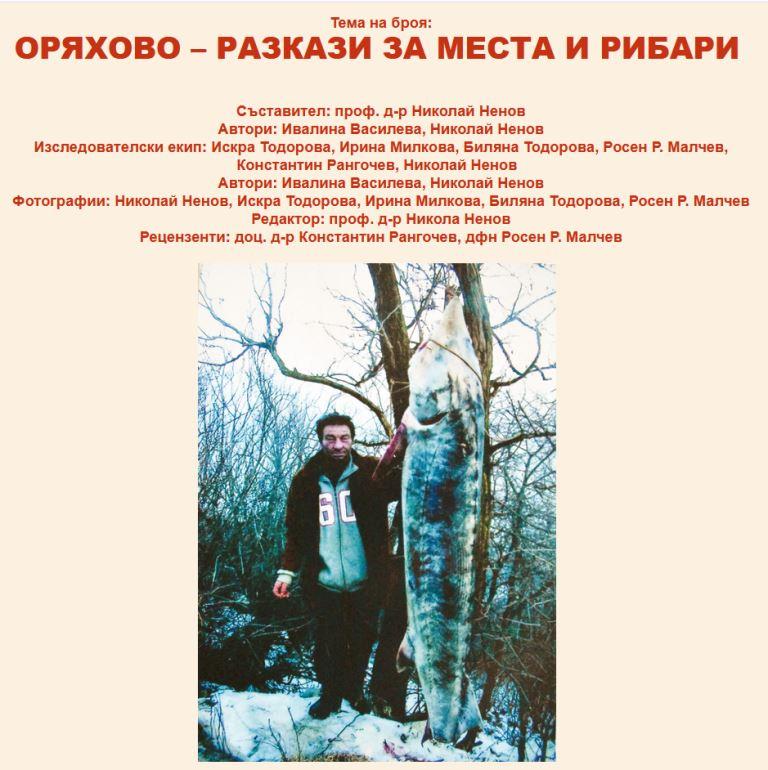
The study in Oryahovo is a contribution to the modern anthropological study of local cultures, communities and heritage along the Danube River. It aims to describe the cultural geography of the place, as well as the specifics of local fishing, the names of species of nets and gear, the names of boats, species of fish, the daily life of fishermen and the forms of celebration. The methodology of the historical-anthropological approach and the biographical approach is used. The authentic texts that are published are grouped in four parts – Everyday life, Environment, Fishing, Holidays. They create a collective biography, represented by the many voices of ordinary local fishermen. Fishermen's knowledge of the world around them is complex – their stories include swamps in Romania, the numerous islands on the Danube and the nuclear power plant, as well as specific places where the riverbed is clear and the nets do not get caught to rupture. Turning an individual into a fisherman is a way of life. And it is precisely the differences in this living – with devotion to the river and the local ecosystem, that make the fishermen of Oryahovo different from everyone else. We have registered many of their worldview, acquired habits, traditional practices and skills, oral knowledge – the amalgam which we define as cultural heritage. But for local fishermen, this knowledge has not yet been valorized.
More...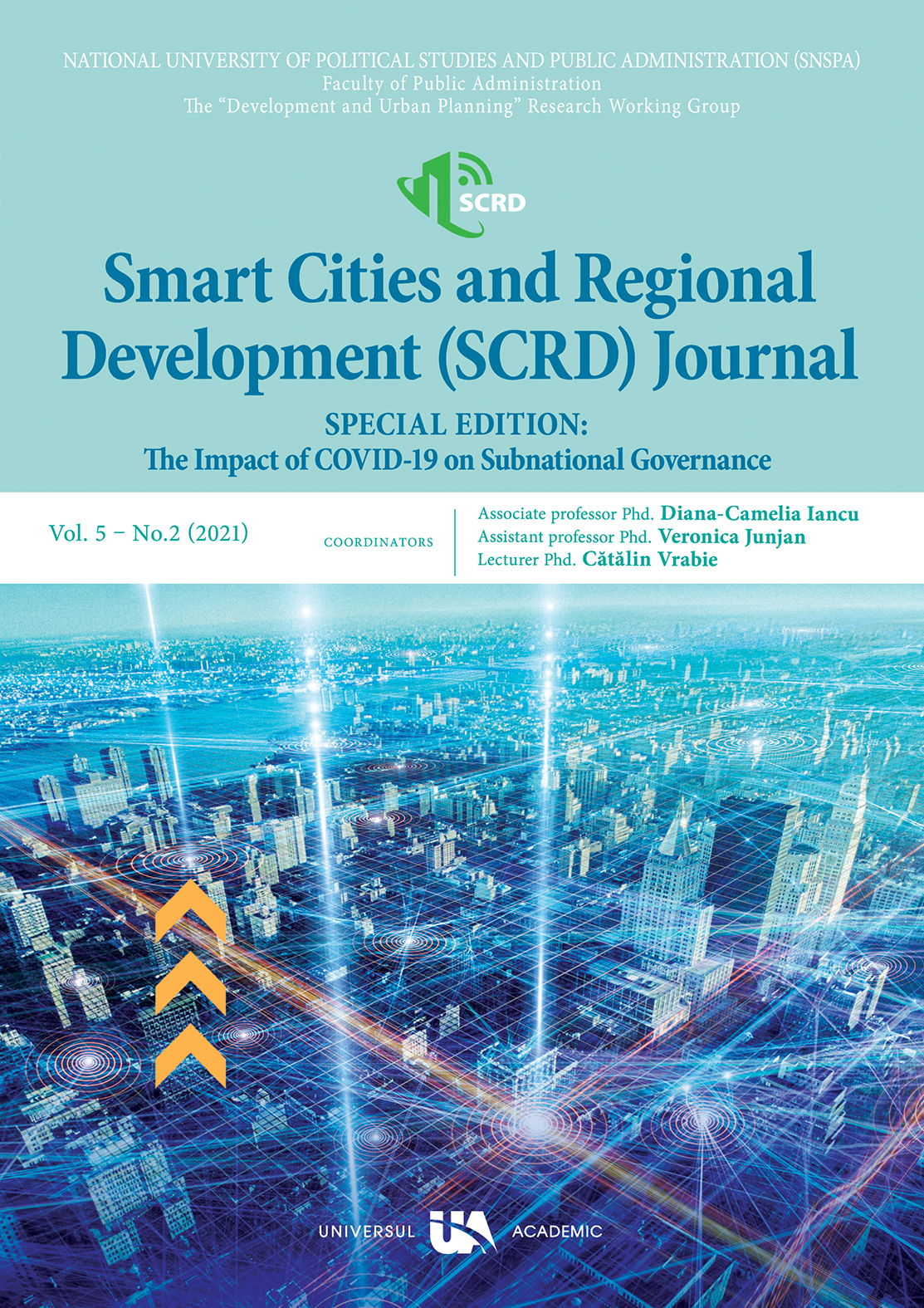
In the current context generated by the Covid 19 pandemic, Member States need secure tax revenues to invest in people and businesses affected by the health crisis. At the same time, we need to remove the tax barriers and make it easier for EU businesses to innovate, invest and grow. To achieve this, in July 2020, the EU Commission adopted the Action Plan, which includes measures to reduce the administrative burdens, improve tax compliance and combat fraud. The Action Plan is helping to create a more fair, easier tax system to be used and adapted to our digital world. In case of this article there were used tools like as: classification, synthesis, comparative analysis, induction and deduction methods, graphic representation of events and investigated phenomenons. The article is addressed to the university and the academic world, as well as to fiscal administration officials and to the decision-making factors for correcting inequalities, created by the Covid 19 pandemic.
More...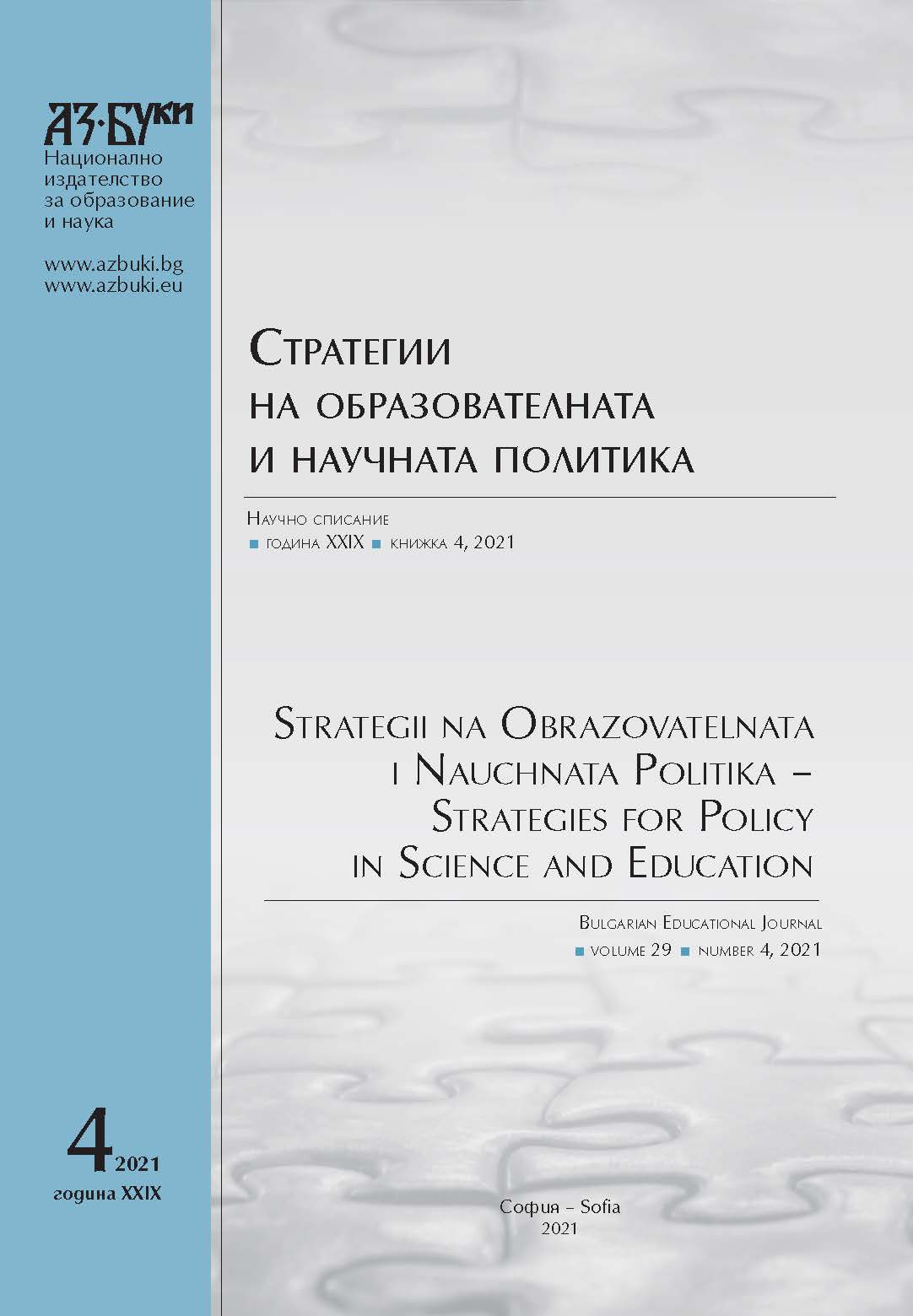
The management of teaching is connected and could be increased by using a wide range of different methods especially when we refer to Online and Blended learning. In the first part, the paper is aiming at reviewing the literature regarding the concepts and benefits of Online and Blended learning. Based on this considerations, 8 partner universities from 8 countries jointly developed the Project “Modern competences of academic teachers – the key to modern Higher Education Institutions (HEI)” – Acronym MOCAT. The paper underlines the goals and achievements of the MOCAT project that proposes a conceptual process to increase the management performance in teaching. The paper shows in an organized manner the main deficiencies that are altering the teaching competencies of academic teachers and in connection with this, the project offers solutions to improve the methodological competency of the teachers regarding the development and use of modern approaches. The outcomes of the project consist in the development and implementation of a Multicultural Model of an Academic Teacher Competencies and in 10online courses that represent modern training materials in the field of teaching methodology. In the end are exposed the way the results of the project can be evaluated in time as well as the anticipated effects of the project implementation.
More...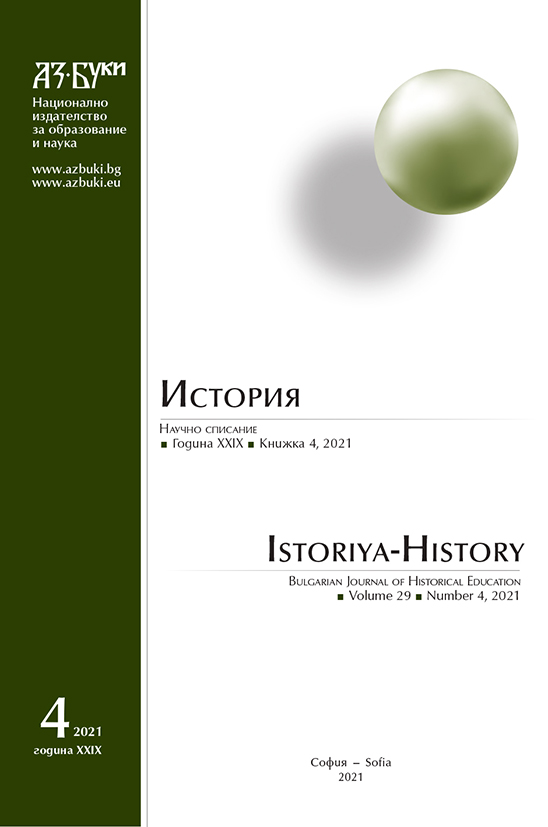
The paper discusses the life of Konstantin Nikolov, a Bulgarian from the town of Gorna Oryahovitsa, during his study at the Kyiv Institute of Commerce (1909 – 1915). The very “insignificance” of this person allows for some wider generalizations, given the fact that precisely such people best reflect the society as a whole. For this reason, the study of ordinary people’s biographies has become an important focus of modern historiography. Nikolov’s student years illustrate some aspects of contemporary Bulgarian history and exemplify the experience of Bulgarian students in the Russian Empire before and during the World War I. The present study is based on archive materials previously untapped by scholars. It also involves some documents relative to Svitozar Drahomanov, who was of Ukrainian origin but spent his childhood in Bulgaria and studied at the Kyiv Institute of Commerce along with Nikolov, as well as documents regarding a trip to Bulgaria by Czesław Madej, another student of the same institute. The study demonstrates that archives of different Kyiv-based higher educational institutions should be explored for more valuable materials regarding Bulgarian born students, which may help draw a fuller picture of Bulgarian-Ukrainian relations in the field of education and culture. This, in turn, will contribute to a deeper understanding of the history of Ukrainian higher education in the early 20thcentury. It will also provide a wider perspective on the phenomenon of Bulgarians studying abroad before and during the World War I, including the life situations of the students during this period which proved crucial for the whole European civilization.
More...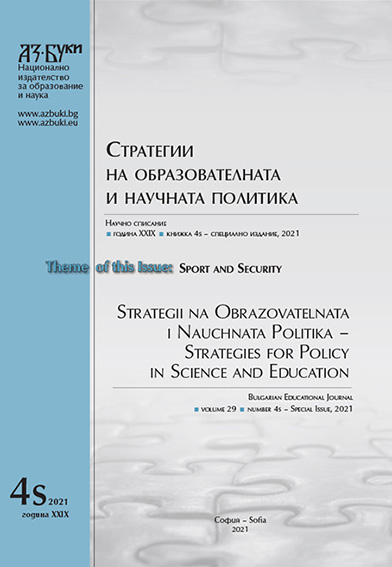
One aspect of the security of sport, which is rarely considered by the organizers of sports events, concerns the different manifestations of match-fixing. The match-fixing of the result of a sports event or any component of it contradicts the established norms and values of the sporting competition, drawn up at the end of the XIX century by Baron Pierre de Coubertin and known as Olympism. Today, match-fixing is one of the phenomena in modern sport. Advertising, publicity, profit largely regulate relations in professional sport, and in full force, this applies to football as the most popular sport in the world. If we look at what has been said so far through the prism of Bulgarian football, it is enough to look at the Bulgarian football championships, whose official sponsor is an online betting company at sporting events and the first football league is named after this company. This same company has sponsorship relations with more than 10football clubs, and to them we can add the volleyball and basketball federations, as well as some of the brightest representatives of these federations. Noticing this trend of business entering the sport, we set out to explore the opinion of players and their coaches about the manifestation of the phenomenon of match-fixing in Bulgarian football. The results of the survey show the existence of match-fixing at both professional and amateur level and allow us to indicate some steps to prevent such non-sporting techniques from winning.
More...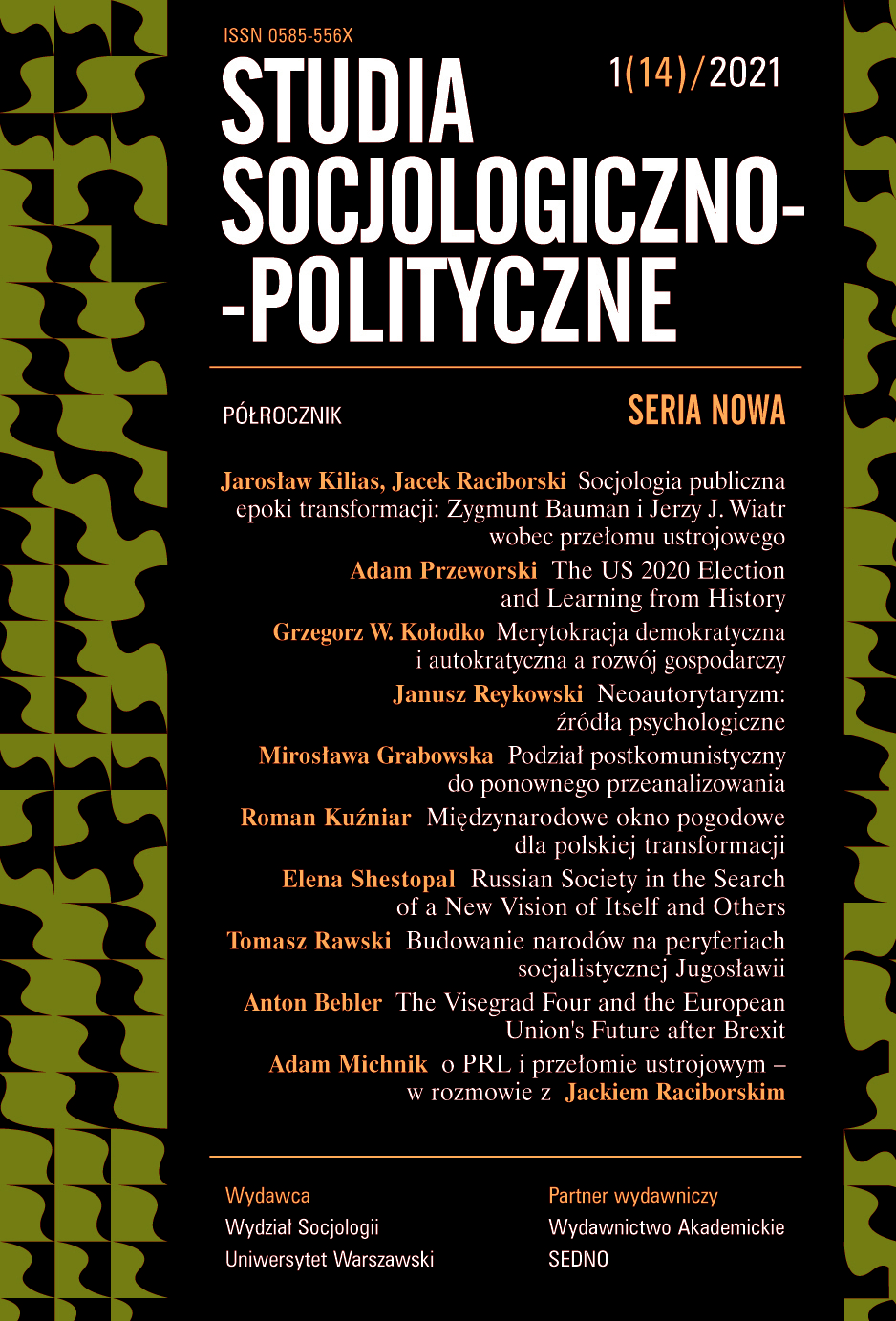
The belief that democracy automatically promotes economic development while undemocratic systems do not serve it is indiscriminately accepted. In fact, the situation is more complicated as statistical analysis shows that many democracies are characterized by low dynamics of development, while in some countries with authoritarian regimes there is a high rate of economic growth and a significant improvement in the social situation. The decisive influence on economic growth is exerted by meritocracy expressed in competent governments, which operate rationally in economic policy and in the process of development do not confuse the means of policy with its objectives. Unfortunately, in the last dozen or so years, as a result of the failures of the neoliberal economic model and the crisis of liberal democracy, the number of democracies has decreased and the number of autocratic regimes has increased. New autocracies emerge. This is especially true of countries that entered the democratization phase after the end of the Cold War. Changes for the better require an evolution towards a social market economy and a new pragmatism.
More...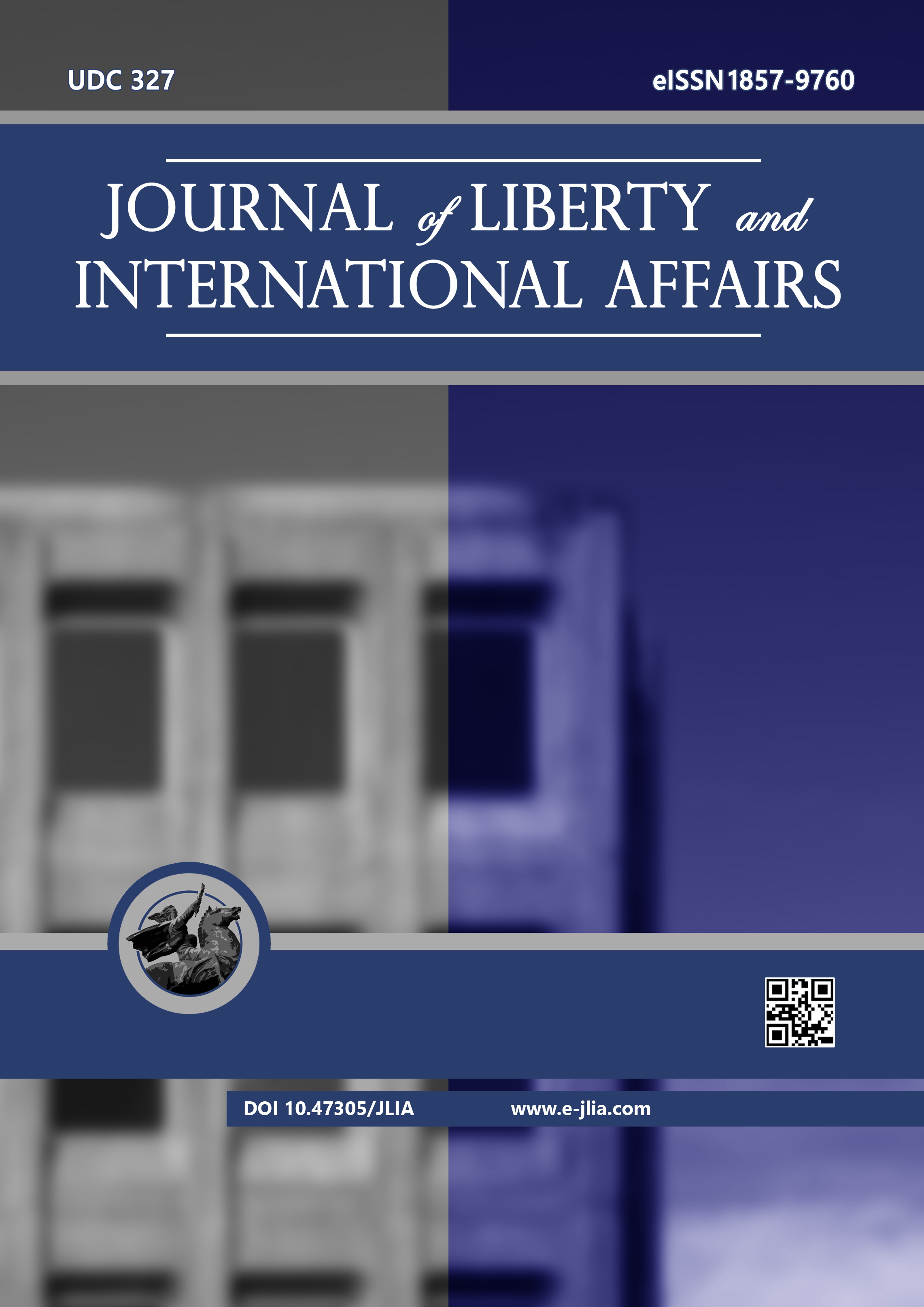
Social capital was the Achilles’ heel of the economic competitiveness of Armenia. In the meantime, the country made significant progress in solidifying it since the Velvet Revolution. In this article, we tried to present and analyze those elements of social capital which demonstrated significant progress in post-revolutionary Armenia, as well as the changes thereof. For that purpose, we have formulated the following research questions: What factors led to this growth, and what factors still lag? What hidden challenges can be observed through factual indicators which probably resulted from the slight decrease in the updated scores? What changes can be expected from the turbulent world and in the post-war society? The applied methodology is quantitative. In particular, to answer the research questions we used index analysis, graphic analysis, and comparison, correlation analysis techniques, pared t-test of the mathematical-statistical significance of changes, and Principal Component Analysis. The results of the analysis showed that a significant increase in the level of social capital was recorded in post-revolutionary Armenia, which was mainly due to the progress in institutional trust. Nevertheless, some revealed anomalies and encountered challenges undermined the archived progress in the growth of trust. Therefore, we put forward several recommendations.
More...
This paper analyses the role and the level of impact that different demographic factors have on buying preferences during the selection process between local and imported goods in developing and emerging economies, with a specific focus on the Kosovo region. A total of 630 questionnaires were distributed, from which 536 valid responses and an empirical study is applied to test the hypothesis. A probability sample (randomly selected), which was stratified by seven regions throughout the country was applied, by covering all levels of the society, cultural background, different locations (urban and rural), different levels of education, and income. Some of the respondents have shown a preference for imported goods and were willing to pay a price premium for it based on the quality offered by top producers (around 41.79%). Whereas, 58.21% of respondents prefer local products. It is proven that there is a correlation between demographic factors and buying preferences process when deciding between local and imported products. Whereas, price is considered as the main factor in the buying process in developing countries, due to the low income, whereas the level of imported products depends on the country’s ability to fulfill the local needs with local products.
More...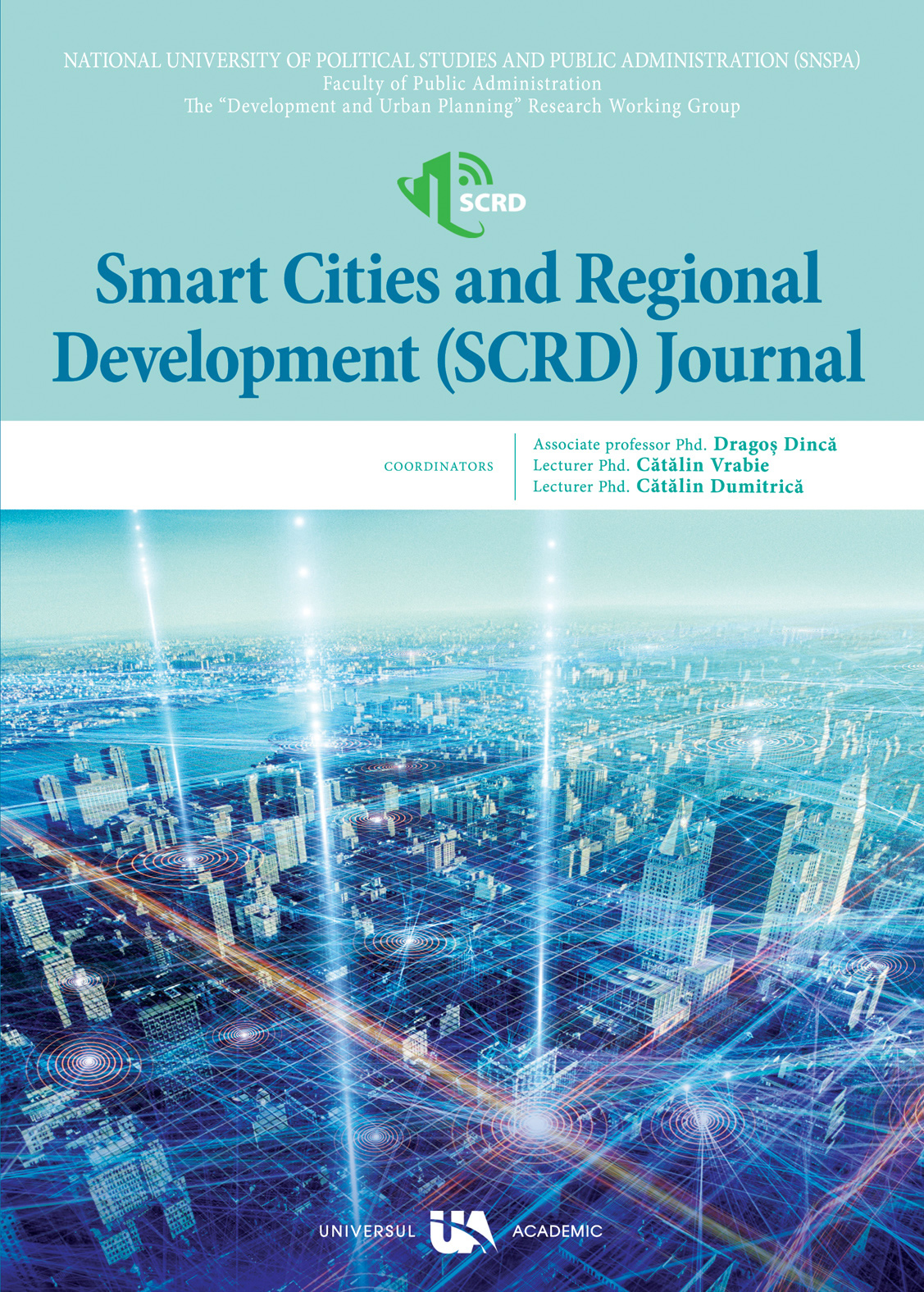
The objective of this study is to describe two Pennsylvania cities' unique approaches to smart and connected technology design and implementation around mobility, public safety, and sustainability. Harrisburg and Pittsburgh are emerging leaders implementing their unique smart and connected approach. These two cities are undergoing a physical, technological, and demographic transformation, which impacts social and economic issues. As a result, many distinct aspects and elements of these cities play an increasingly important role in defining the quality of life of the diverse citizenry.Cities depend on newer and emerging technologies, such as smart streetlights, autonomous vehicles, electric vehicles, shared mobility, and the Internet of Things(IoT) connected devices to improve health, safety, general welfare, and quality of life for citizens. Moreover, in smart cities, citizens' activities are not limited to their homes. Thus, smart spaces need to connect the smart city to the smart home seamlessly into a smart home concept [1]. The smart and connected cities concept is defined and visualized differently by each city depending on the context, needs and funding. As a result, each city initiates intelligent technology strategies, tools, and partnerships in its approach to developing and implementing the parameters that frame a just, equitable, and inclusive smart city. This multi-case study describes each city’s smart city and connected goals, successes and challenges to answer the research question: How has Pittsburgh and Harrisburg defined and implemented the concept of Smart City to better manage its emergent needs as a result of changing demographics?
More...
In making spatial planning rules in the Special Region of Yogyakarta, the Regional Regulation (perdais) on Spatial Planning refers to Law No. 26 of 2007 on national spatial planning and DIY Provincial Regulation No. 2 of 2010 concerning the RTRW of DIY Province 2009-2029. The establishment of special rules regarding Spatial Planning of Sultanate Land and Duchy Lands is regulated in Special Regional Regulation No. 2 of 2017 concerning Spatial Planning of Sultanate Land and Duchy Land. This rule governs privileges in spatial planning, especially spatial planning related to Sultanate land and Duchy lands found throughout the DIY region. In addition, this regulation also regulates the spatial functions of the Sultanate and Duchy lands aimed at the maximum for the development of culture, social interests, and public welfare. The concept of spatial planning developed in the Perdais on Spatial Planning of the Sultanate and Duchy Lands is cultural, spatial planning, which is not the same as the spatial concept in western literature, which has been the reference for spatial planning. In-Law number 13 of 2012, it is explicitly stated that spatial planning in the Perdais is directly related to the land of the Sultanate and Duchy. But in the concept of thinking, the idea's substance covers the spatial planning of the DIY region comprehensively. It is directed to not conflict with the national spatial layout and the essence of DIY privilege.
More...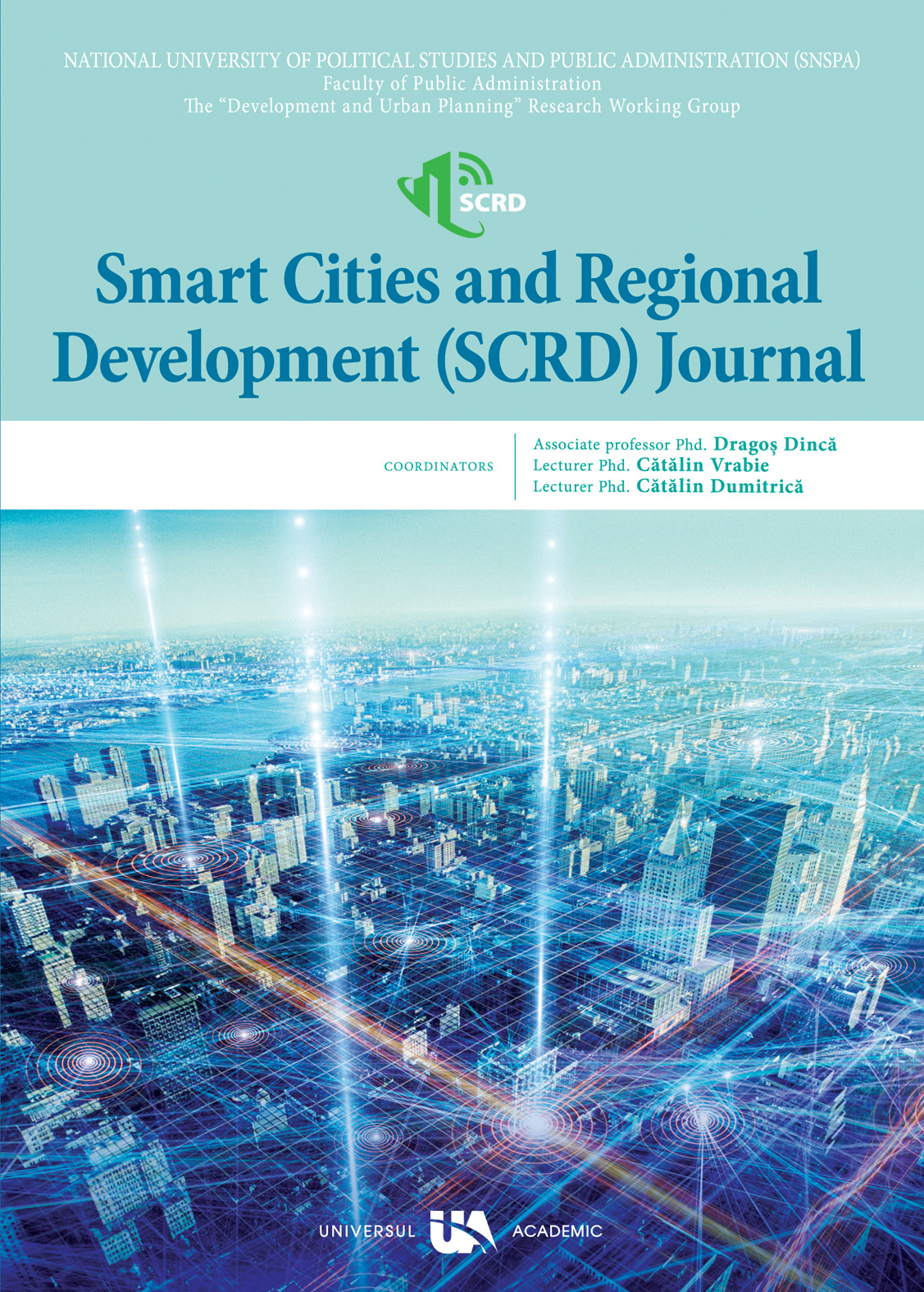
Many wells have been drilled in Albania to search oil traps in the carbonate reservoirs of the Ionian area. One of them is the Nokova-1 well, drilled in the overflow front of the Berati anticline belt. Geographically it is in Erindi region, southern Albania. Nokova-1 well has passed flysch deposits of Oligocene (Pg3) and carbonate deposits of Eocene - Paleocene (Pg1-Pg2). To conclude in the results presented at this paper, various geological and geochemical studies have been studied.During the drilling and testing processes, signs of oil and hydrocarbon gas have appeared, which contribute to the oil-bearing perspective of the region. Limited quantities of crude oil were obtained during the testing process. Samples taken from this oil were determined density, from which API was calculated. Also hydrocarbon composition was performed. According to samples analysis, are determined parameters of density (0.923 gr/cm3), API (21.8) and hydrocarbon composition as follows: saturate (49.20 %), aromatics (27.9%), saturate + aromatics (77.10 %), NSO-comp (14.86%), asphalt (7.95%), saturate/aromatics (1.763441%) and NSO-comp + asphalt (22.81%).The results of the hydrocarbon composition were correlated with those of the oil traps (carbonate reservoirs) in Albania. From this correlation we have concluded that the crude oil taken from the Nokova-1 well is light oil, it is not biodegradable. Nokova-1 well oil correlates with oil of oil traps in Amonica, Cakrani, Mollaj, which have been interpreted as oil traps of younger geological age.In conclusion, it can be said that the oil samples taken from the Nokova-1 well are results from the contribution of an oil trap that can be located at depth, or the result of new phases of hydrocarbon migration.
More...